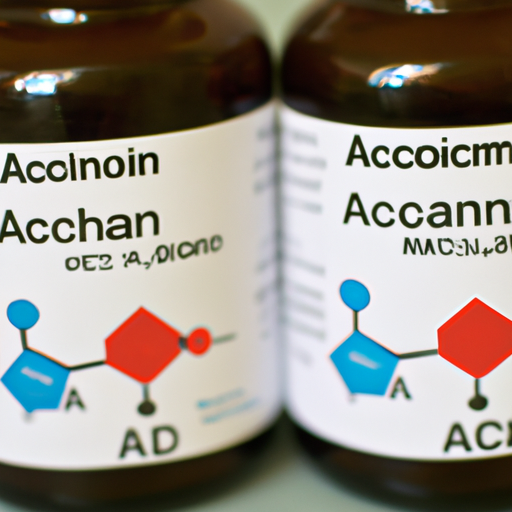Which Parts of Amino Acids Form Peptide Bonds: A Comprehensive Guide
Peptide bonds play a crucial role in the formation of proteins, which are essential for various biological processes in living organisms. Understanding the specific parts of amino acids involved in peptide bond formation is fundamental to comprehending protein synthesis and structure. In this comprehensive guide, we will explore the key components of amino acids that participate in peptide bond formation.
Amino acids are the building blocks of proteins, and each amino acid consists of a central carbon atom (known as the alpha carbon) bonded to four different chemical groups: an amino group (NH2), a carboxyl group (COOH), a hydrogen atom (H), and a unique side chain (R group). It is the interaction between these chemical groups that facilitates peptide bond formation.
The amino group (NH2) of one amino acid and the carboxyl group (COOH) of another amino acid are the primary components involved in peptide bond formation. During protein synthesis, the carboxyl group of one amino acid reacts with the amino group of another amino acid, resulting in the formation of a peptide bond and the release of a water molecule. This process, known as dehydration synthesis or condensation reaction, links the amino acids together to form a polypeptide chain.
The peptide bond forms between the carbon atom of the carboxyl group and the nitrogen atom of the amino group, creating a rigid and planar structure. This bond is highly stable and resistant to hydrolysis, making it crucial for the stability and integrity of proteins.
It is important to note that the side chain (R group) of an amino acid does not directly participate in peptide bond formation. However, the unique properties of the side chain can significantly influence the structure, function, and properties of the resulting protein. The side chains can interact with each other and the surrounding environment, contributing to the overall folding and stability of the protein.
In summary, the amino group (NH2) and the carboxyl group (COOH) of amino acids are the key components involved in peptide bond formation. The interaction between these groups through dehydration synthesis leads to the formation of a peptide bond, linking amino acids together to form proteins. While the side chain (R group) does not directly participate in peptide bond formation, it plays a crucial role in determining the structure and function of the resulting protein.
Understanding the intricate details of peptide bond formation and the role of amino acids in protein synthesis is essential for various fields, including biochemistry, molecular biology, and medicine. By unraveling the complexities of peptide bond formation, scientists can gain insights into the structure-function relationships of proteins and develop innovative approaches in drug design, enzyme engineering, and therapeutic interventions.
Remember to always consult reliable sources and scientific literature for a more in-depth understanding of this topic.




